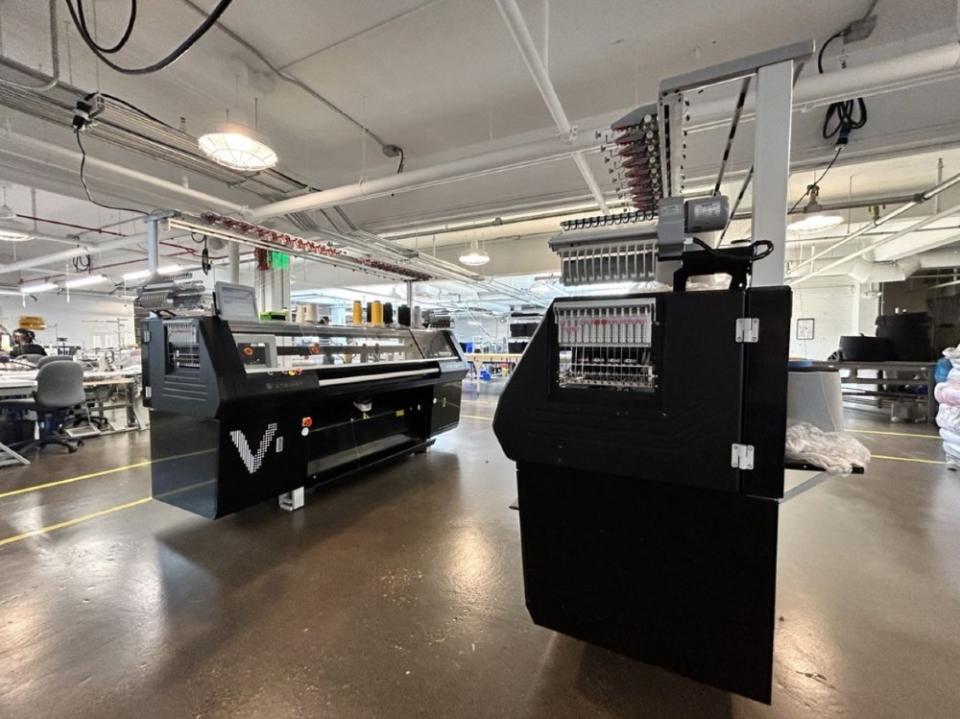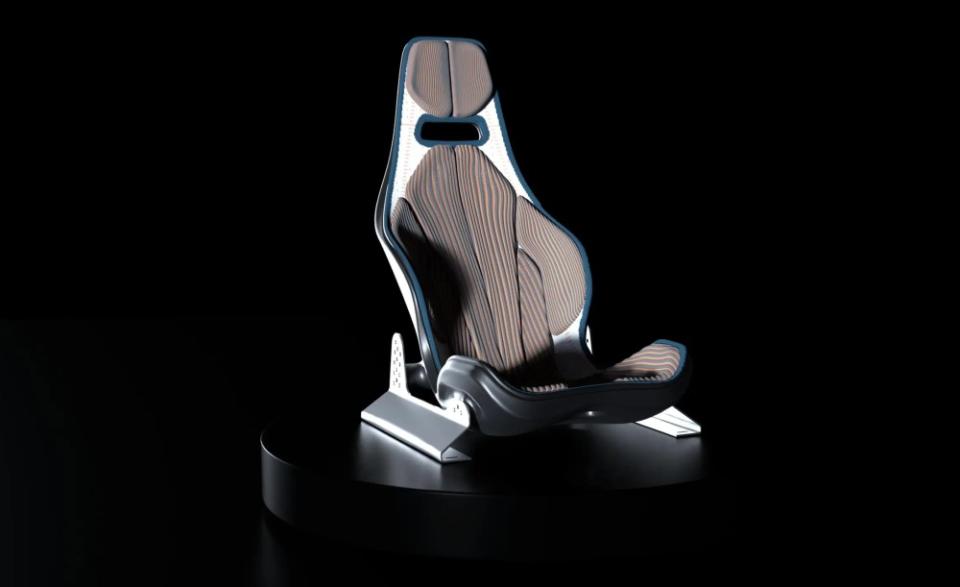Variant 3D and Detroit’s Industrial Sewing and Innovation Center Bring 3D Knitting to the Motor City

With onshoring on the brain for many brands and retailers, innovators from across the country are moving quickly to pilot programs to drive domestic textile manufacturing.
At the Sewn Products Equipment and Suppliers of the Americas (SPESA) Advancements in Manufacturing Technologies Conference in Downtown, Los Angeles last week, pioneers from Malibu, Calif. and Detroit, Mich. came together to talk about how combining advanced manufacturing with community-based social enterprise can propel the sector into the 21st century.
More from Sourcing Journal
Experts at SPESA Conference Say AI Will Help, Not Harm, Supply Chain
Retail Tech: Blue Yonder's $839M Acquisition, CommentSold Launches PopClips
Retail Tech: Puma Taps Google Cloud, Bolt and Checkout.com Team Up
Garrett Gerson, founder and CEO of Variant 3D, launched his 3D-knitting factory on a sprawling mountain ranch on the California coast eight years ago with the goal of working with brands, suppliers and other players in the space to revolutionize footwear production. Last month, the group debuted a proprietary computer-aided design and computer-aided manufacturing (CAD-CAM) software designed to be used across the industry at large, fostering innovation in industries like apparel and footwear.
“The way that things are built now is you go from either a flat pattern, or program a design pixel by pixel to create a 3D model,” Gerson said. “We’ve created something very different that is much more intuitive. We go from 3D to 2D,” developing the patterns and measurements for a product from a 3D rendering that is developed first. The process takes minutes, not months.
With the platform, “industrial manufacturing can truly be produced or stood up anywhere in the world,” he added.
But adopting cutting-edge innovations like Variant 3D’s can be time- and resource-intensive for manufacturers. Testing for scalability through strategic partnerships is imperative, according to Jen Guarino, president and CEO of Detroit’s Industrial Sewing and Innovation Center (ISAIC), a 501c3 non-profit that aims to train and upskill the next generation of garment workers. Launched in 2018, the group’s factory, located above Carhartt’s Detroit flagship store, serves as both a venue for production and education.

“Our facility is really amazing. We believe that investing in sewing operators goes beyond sewing—it is leading in the masters of new technologies,” Guarino said. At the facility, “There’s a mix of skill sets, which is highly valuable; it matches where industry is headed,” she added. “It positions [workers] as flexible fabrication technicians, which we believe will earn higher wages and also be very valuable for domestic manufacturing.”
According to Guarino, who led the creation of Detroit-based manufacturer Shinola’s leather manufacturing unit, “Innovation and training has to be simultaneous, because if it’s not, and one is ahead of the other, it slows down adoption.”
“It also limits a new technology by not engaging operators on the front end who can help make your innovation better,” she added.
Gerson said that with ISAIC’s help, Variant 3D was able to secure a grant from the Ford Foundation last year, allowing the company to bring its machines and technology to ISAIC and the city of Detroit at large. “The automotive space is a massive opportunity lots and a lot of people don’t think about; we think about textiles as fashion apparel, footwear,” he said, noting that circular knitted fabrics make up the majority of most shoppers’ wardrobes.
“Being in ISAIC, having the machines there, getting the team familiarized with the machines and training them and creating a training program” has facilitated “a bunch of incredible opportunities to onshore manufacturing,” Gerson said.

The proximity that ISAIC provides to brands like Ford and General Motors has allowed the California upstart to showcase its technology. Variant 3D was able to create a physical sample for a Ford Mustang performance seat that the car company had worked on in Germany for months, 3D knitting the product in real-time at the ISAIC facility.
And now, rather than send the prototype to an Original Equipment Manufacturer (OEM) in Asia for mass production, the auto-maker is exploring ways to bring in more Variant 3D machines to ISAIC and move the project forward domestically.
Guarino said ISAIC’s mission is to advance technologies that entrepreneurs like Gerson are developing by giving them a soft place to land—and fertile ground for growth. “We are there to help advance them in a real usage case facility, while also training people that need opportunities so that we can build prosperity in their lives,” she added.

